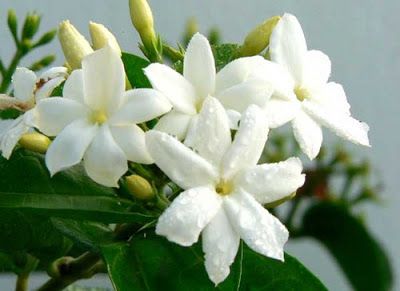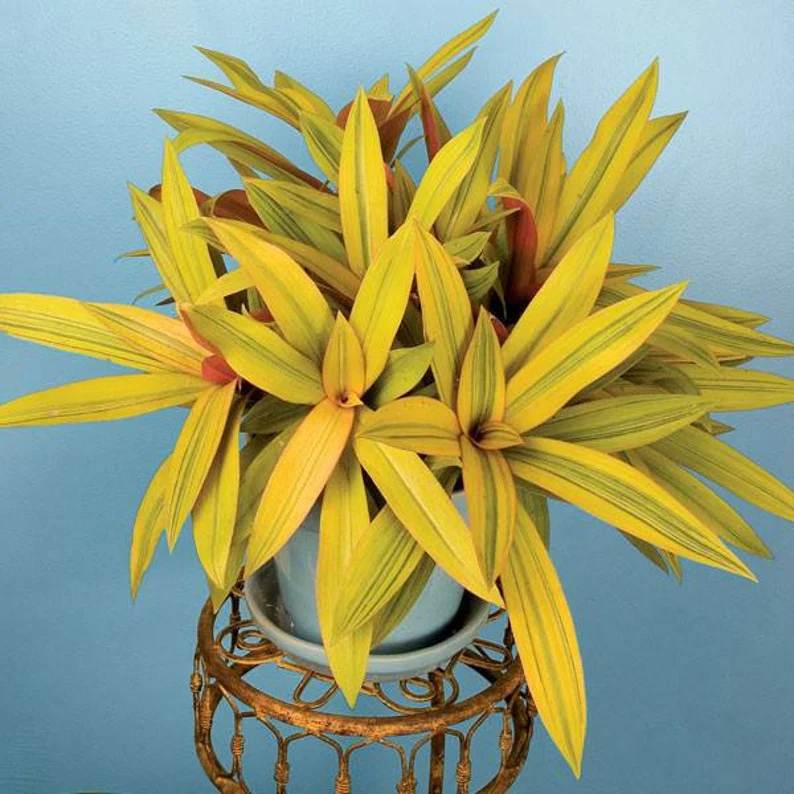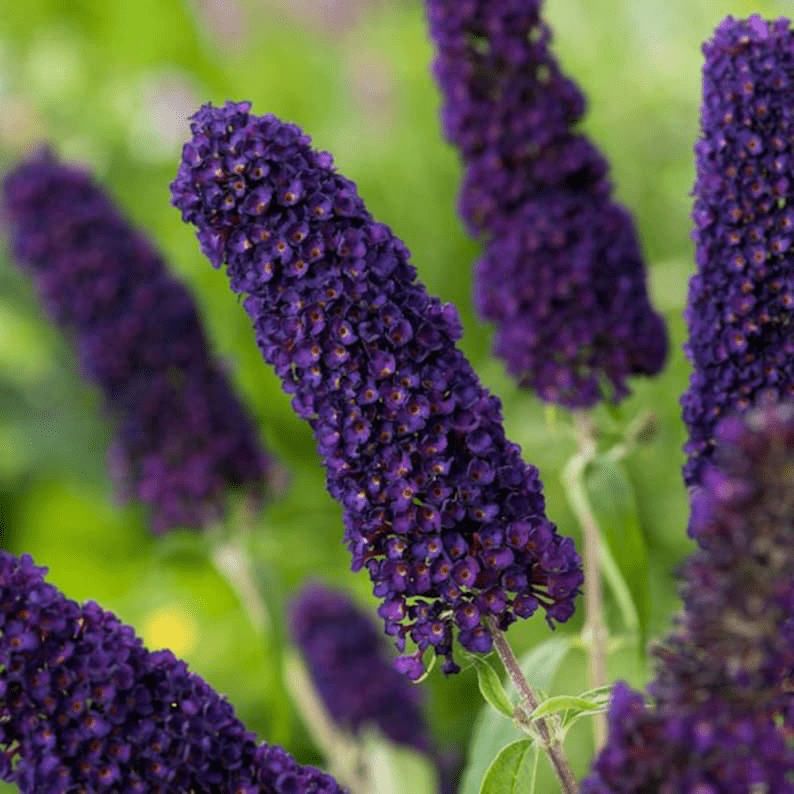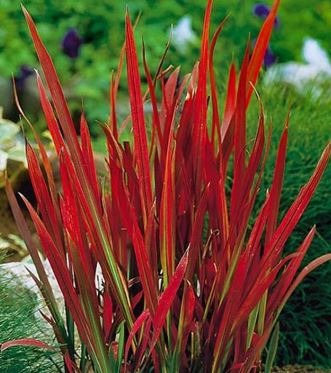Jasmine flower plant care.
It’s flowers are well known for their pure white color and wonderful scent.
Jasmine is a type of fragrant shrub or vine in the Oleaceae family that belongs to the Jasminum genus.
How to Grow Jasmine from Seed
Start jasmine seeds indoors about three months before your outdoor planting date. Soak the seeds for 24 hours before planting.
Fill six-pack cells with potting soil, and soak the soil completely. Allow it to drain before planting, then plant one seed in each cell.
Cover the containers with plastic to help retain moisture and place them in direct sunlight. Keep the soil moist while the seedlings sprout.
If you do not want to cover the containers or do not have a way to do so, you will need to continuously lightly water the soil.
One way to do this is to Fill a clean spray bottle with water and mist the seeds daily. Never allow them to dry out, but never soak.
Seeds may be slow to germinate and can take up to one month.
Repotting
Repot seedlings when they get two pairs of true leaves, putting each seedling in a gallon-sized planter.
Keep the plants indoors for at least one month after this, or grow your jasmine as a houseplant the first year before transplanting outdoors.
It will grow well in full sun to partial shaded areas. Summer-flowering jasmine does better in a sunny spot, while other varieties, such as winter jasmine, like a more shaded area.
Soils that jasmine thrive in needs well-drained but moist, moderately fertile sandy loamy soil.
Jasmine flowers that are in-ground should be watered once a week. If it is unusually dry or hot, increase the frequency, but let the soil dry out in between.
Growing Jasmine Flowers in Containers
If your jasmine is in a container, it will likely require water multiple times each week, especially in the hotter months.
Withhold fertilizing the jasmine for one month.
Jasmine Flowers Fertilizer

Then feed it a water-soluble 7-9-5 fertilizer, which will boost flowering.
Dissolve 1/4 teaspoon of the fertilizer in 1 gallon of water. Apply the solution weekly during the summer months in place of a regular watering.
To keep jasmine plants over winter outside their rated zone, you need to bring them indoors.
Growing them in pots makes moving the plants indoors for winter much easier. Even so, dry indoor air and inadequate sunlight may cause the plants to lose their leaves and they may even die.
How Long Do Jasmine Flowers Bloom?
White jasmine blooms from spring until fall and goes into a rest period in October, continuing through March.
How Tall Does Jasmine Grow?
A mature white jasmine grows 20 to 30 feet with a 7- to 15-foot spread.
Perhaps fertilization is the problem if your it doesn’t bloom. Too much nitrogen fertilizer will direct energy to growing foliage and take away from the blooms that are forming.
This can also be the issue when most jasmine flowers are not blooming, but a few are peeking through. … Phosphorus heavy plant food often jolts plants into bloom.
Pruning
Pruning jasmine depends on the variety of jasmine that you have, pruning may need to be aggressive during warm weather, when the plants have an explosion of growth.
For instance, if you are growing a vining variety, you will need to regularly train it to trellis and may need to secure the weaker vines to assist it in holding on.
Excess vines should be pinched off regularly, and trimming a vine to length may promote division of the vine.
With a shrub, the goal in pruning is to maintain it as the size/shape of the shrub that you wish it to be. S
ome varieties grow much slower than others, so this may not be a difficult task but others are surprisingly vigorous and may require regular trimming.
Especially, if used for topiaries or other shaped decorative forms. Be mindful to leave enough vine that it provides protection for the base of the plant whenever possible.
Some grow jasmine as a hedge plant. If doing so, focus initially on trying to promote bushy outward growth.
When it has reached the size you desire, regularly pinch or trim excess growth to maintain it at that size.
While some varieties of jasmine do set seed, most seed is unreliable and is not guaranteed to germinate.
How to Propagate Jasmine Plants
It is easiest to propagate jasmine by taking cuttings about 4-6” in length, applying a coating of root hormone to the cut end, and then placing into a container of potting soil.
Some nurseries also offer grafted plants where another jasmine subspecies is grafted onto a root base.





